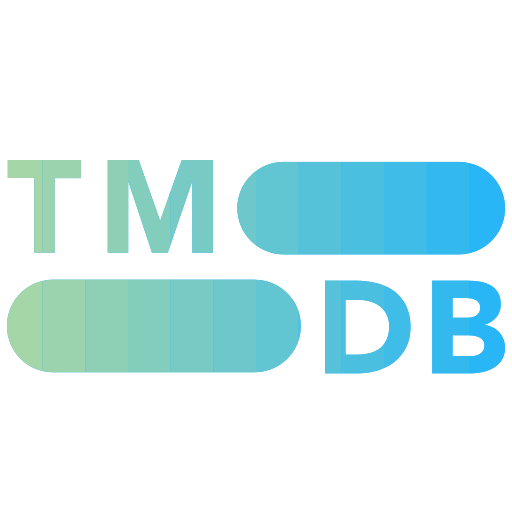Killers of the Flower Moon (2023)

Overview
When oil is discovered in 1920s Oklahoma under Osage Nation land, the Osage people are murdered one by one—until the FBI steps in to unravel the mystery.
Starring Cast
Where to watch
Bias Dimensions
Overview
When oil is discovered in 1920s Oklahoma under Osage Nation land, the Osage people are murdered one by one—until the FBI steps in to unravel the mystery.
Starring Cast
Where to watch
Detailed Bias Analysis
Primary
Killers of the Flower Moon is a clearly left-leaning film (-2) because its central thesis is a powerful indictment of systemic racial injustice and colonial exploitation, exposing the pervasive greed and corruption that enabled the murder and theft from the Osage Nation.
The movie features a cast that naturally reflects the historical diversity of its subject matter, without explicit race or gender swaps. Its narrative, however, strongly critiques traditional identities by portraying white male characters as central to the systemic exploitation and violence against the Osage Nation.
Secondary
The film portrays many nominal Christian characters, particularly the white perpetrators, as profoundly hypocritical, cruel, and greedy. Their outward piety serves as a deceptive facade for their horrific crimes, with the narrative exposing their moral corruption rather than affirming the faith itself.
Killers of the Flower Moon does not feature identifiable LGBTQ+ characters or themes. The film's scope is entirely centered on the historical events of the Osage murders and the exploitation of Native Americans in the 1920s, without incorporating any LGBTQ+ narratives.
The movie does not contain any action or adventure elements.
The film portrays real historical figures, such as Mollie Burkhart and Ernest Burkhart, in their historically accurate gender roles, with no evidence of gender-swapped characters or altered gender identities from the historical record.
The film is a historical drama centered on the Osage Nation, explicitly aiming for authentic representation of historical figures and communities. The provided information states that it avoids race-swapping and portrays characters consistent with their documented historical racial identities.
Viewer Rating Breakdown
Viewer Rating
Combines user and critic ratings from four sources
User Ratings


Critic Ratings


More Like This



















